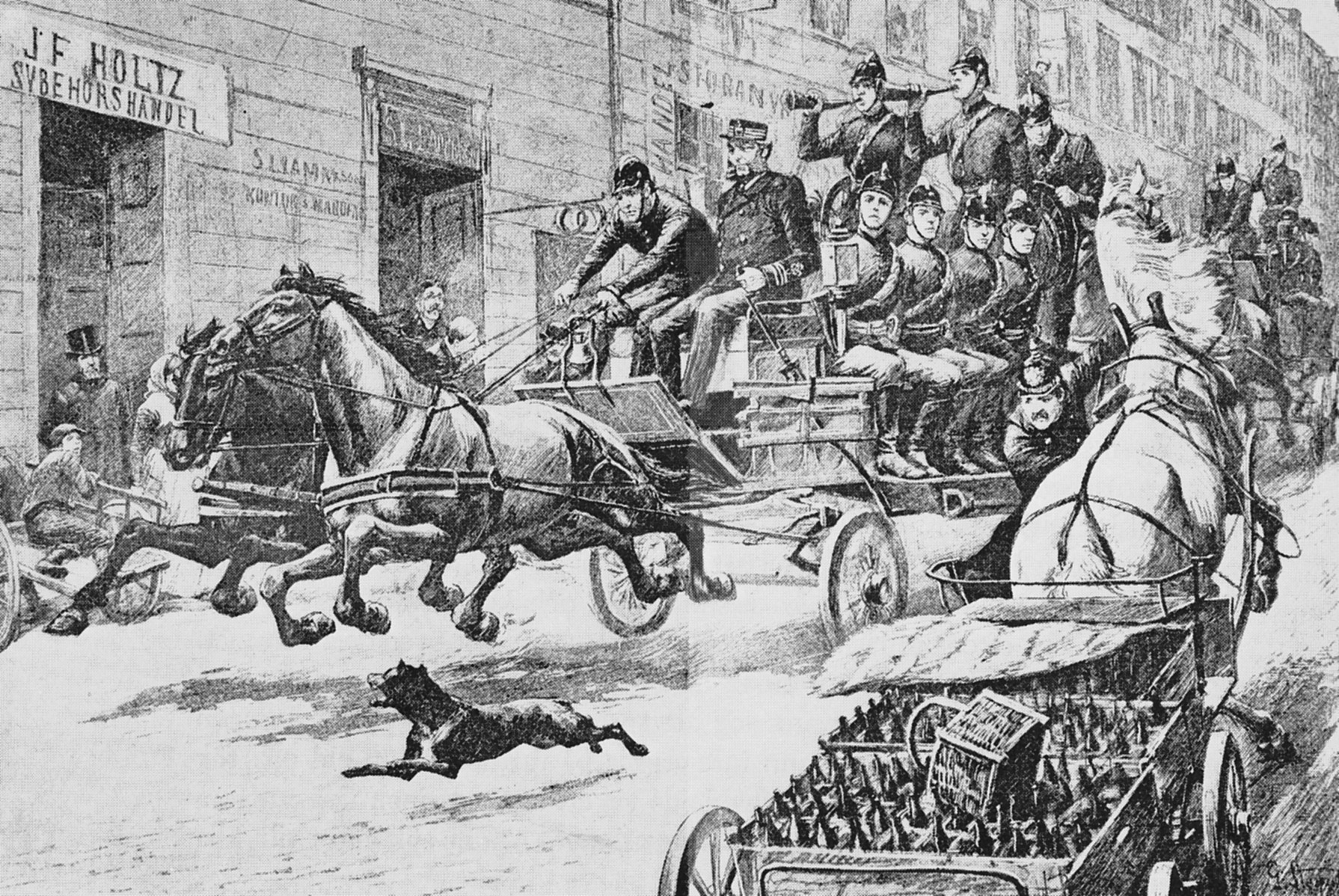It’s hard to imagine an event that could reshape a city’s landscape as drastically as a relentless fire. This is exactly what happened to Stockholm, a city that had not yet implemented housing planning to control and limit the spread of fire. The Stockholm fire of Klara, the worst firestorm in the city’s history, left a lasting mark on the city’s terrain. In that year, over 1000 homes were reduced to ashes, leaving a trail of destruction that was impossible to ignore.
Here are a few additional facts about the July 31, 1751 Stockholm fire:
- Several measures were put in place by law to alert people of a fire, including the ringing of church bells and the hoisting of signals in the watchtower on Brunk Hill. In addition, cannons were deployed to ensure the sleeping population was roused from their slumber, a testament to the city’s preparedness and response to such disasters.
- On July 31, 1751, a fire broke out in Norrmalm. It quickly gained momentum and turned into a fierce firestorm.
- Fires in the eighth century were famously named after the churches they destroyed; hence, Klara Fire was derived from the Klara church.
- Though many homes suffered immeasurable damage, the home of the geologist Daniel Tilas held a significant collection of his over 20 years of life work.
- The Klara fire was suspected of having been the work of an arsonist.
- Although many of the city’s homes were insured, the insurer found it impossible to compensate each household as the value of the property destroyed collectively was too high, estimated to be 784,000 dollars.

